 In a partnership with the University of Phoenix the Institute for the Future has produced a new report titled Future Work Skills 2020. You may be weary of the University of Phoenix, but I can vouch for the IFTF. However, I have mixed feelings about the report. It identifies the key driving factors changing the workplace, but the actual skills section leaves something to be desired.
In a partnership with the University of Phoenix the Institute for the Future has produced a new report titled Future Work Skills 2020. You may be weary of the University of Phoenix, but I can vouch for the IFTF. However, I have mixed feelings about the report. It identifies the key driving factors changing the workplace, but the actual skills section leaves something to be desired.
This report is probably best for college students or mid-career workers thinking about making a change but haven't looked deeply into the matter yet.
Six drivers of change:
- Extreme longevity - Increasing global lifespans change the nature of careers and learning.
- Rise of smart machines and systems - Workplace automation nudges human workers out of rote, repetitive tasks.
- Computational world - Massive increases in sensors and processing power make the world a programmable system.
- New media ecology - New communication tools require new media literacies beyond text.
- Superstructured organizations - Social technologies drive new forms of production and value creation.
- Globally connected world - Increased global interconnectivity puts diversity and adaptability at the center of organizational operations.
Some of these are more obvious than others, and futurists have been talking about most of these issues for decades now. However, they are indeed some of the most important drivers of the workplace and both students and workers should be be thinking about how these trends will effect them.
I'm more disappointed with the skills the report highlights. As a result of these drivers, the report suggests the following as key skills in the future workforce:
- Sense-making - The ability to determine the deeper meaning or significance of what is being expressed.
- Social intelligence - Ability to connect to others in a deep and direct way, to sense and stimulate reactions and desired intentions
- Novel and adaptive thinking - Proficiency at thinking and coming up with solutions and responses beyond that which is rote or rule-based.
- Cross-cultural competency - Ability to operate in different cultural settings.
- Computational thinking - Ability to translate vast amounts of data into abstract concepts and to understand data-based reasoning.
- New-media literacy - Ability to critically assess and develop content that uses new media forms, and to leverage these media for persuasive communications.
- Transdisciplinarity - Literacy in and ability to understand concepts across multiple disciplines.
- Design mindset - Ability to represent and develop tasks and work processes for desired outcomes.
- Cognitive load management - Ability to discriminate and filter information for importance, and to understand how to maximize cognitive functioning using a variety of tools and techniques.
- Virtual collaboration - Ability to work productively, drive engagement and demonstrate presence as a member of a virtual team.
Almost all of these map well to established workplace terms, such as:
- Analytical thinking
- People skills
- Outside the box thinking
- Cultural sensitivity
- Quantitative reasoning
- Social media skills
- Polyglot
- Design thinking
- Personal productivity
Only that last one, virtual collaboration, seem genuinely new. However, I do think some of these skills, although not new, are becoming more important. In particularly the desire for people with multidisciplinary background, sometimes called "t-shaped," is increasing as technologies converge. For example, the job market is starting to demand programmers with design skills, designers with programming skills, IT operations staff with business knowledge and marketers with a strong knowledge of information technology skills. We also covered how data center workers need to train across disciplines thanks to virtualization and cloud technologies.
See also:our readers' take on what the workplace of the future will look like.
Discuss Carl Sagan revolutionized popular astronomy with his book and TV show "Cosmos", which had an audience of hundreds of millions of people. We’ve learned a lot about our Universe since then, and we’re overdue for a modern version of Sagan’s show. So I’m pleased to find out that Neil Tyson will be hosting
Carl Sagan revolutionized popular astronomy with his book and TV show "Cosmos", which had an audience of hundreds of millions of people. We’ve learned a lot about our Universe since then, and we’re overdue for a modern version of Sagan’s show. So I’m pleased to find out that Neil Tyson will be hosting 




















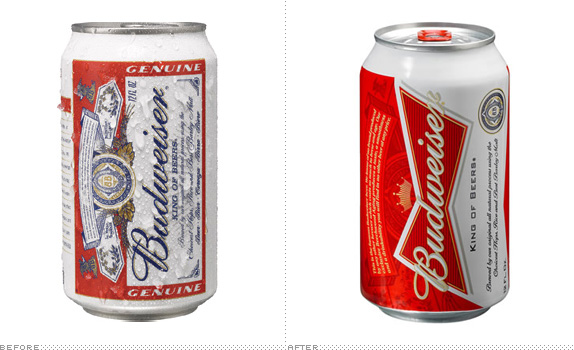
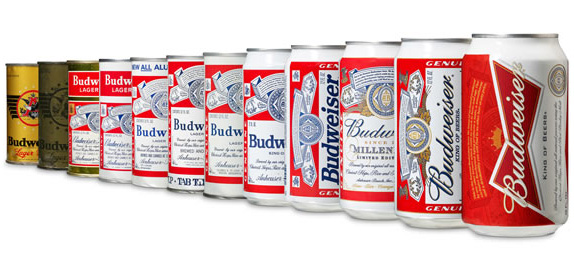
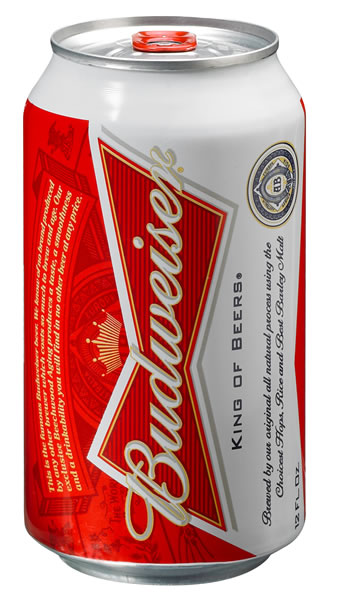
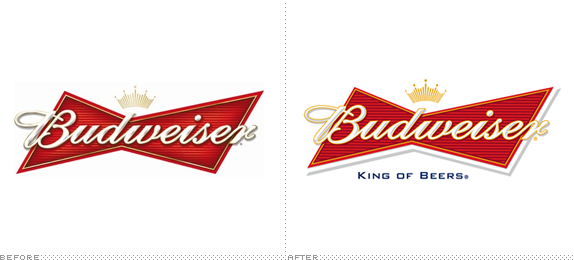
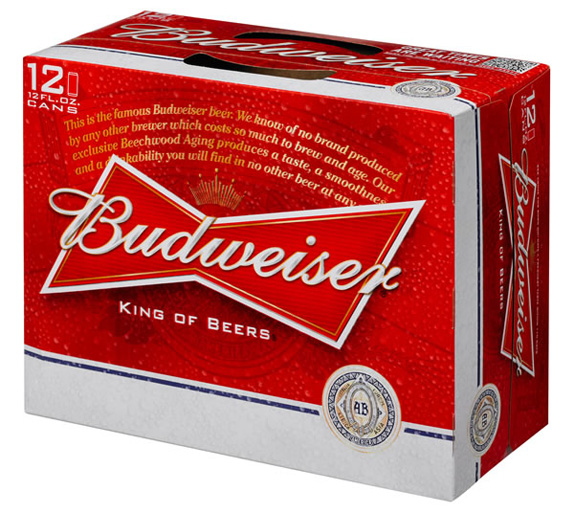
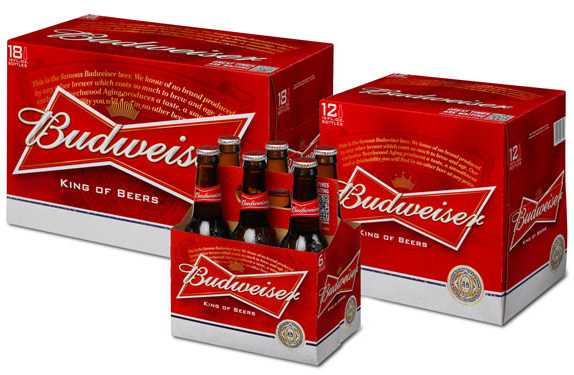


























 V
V 